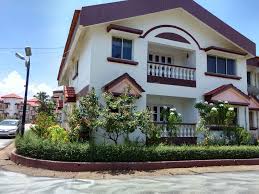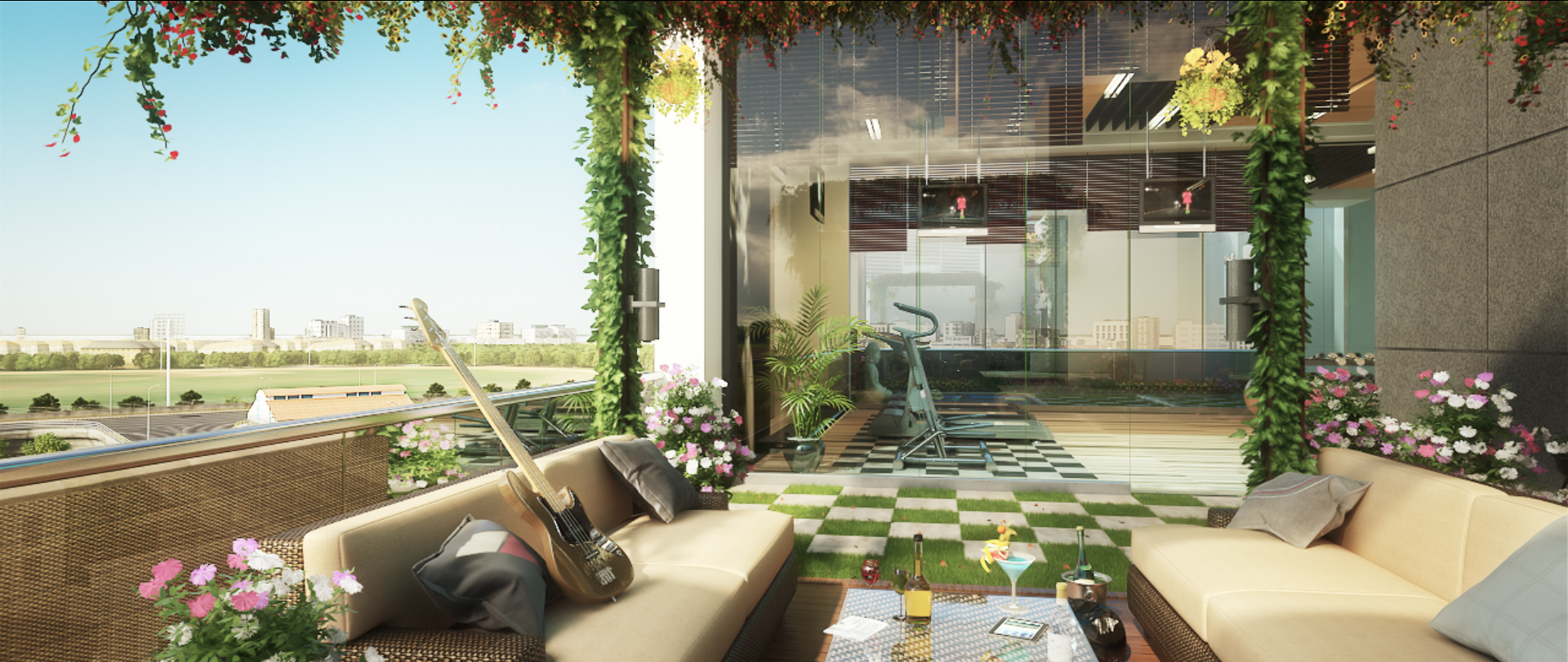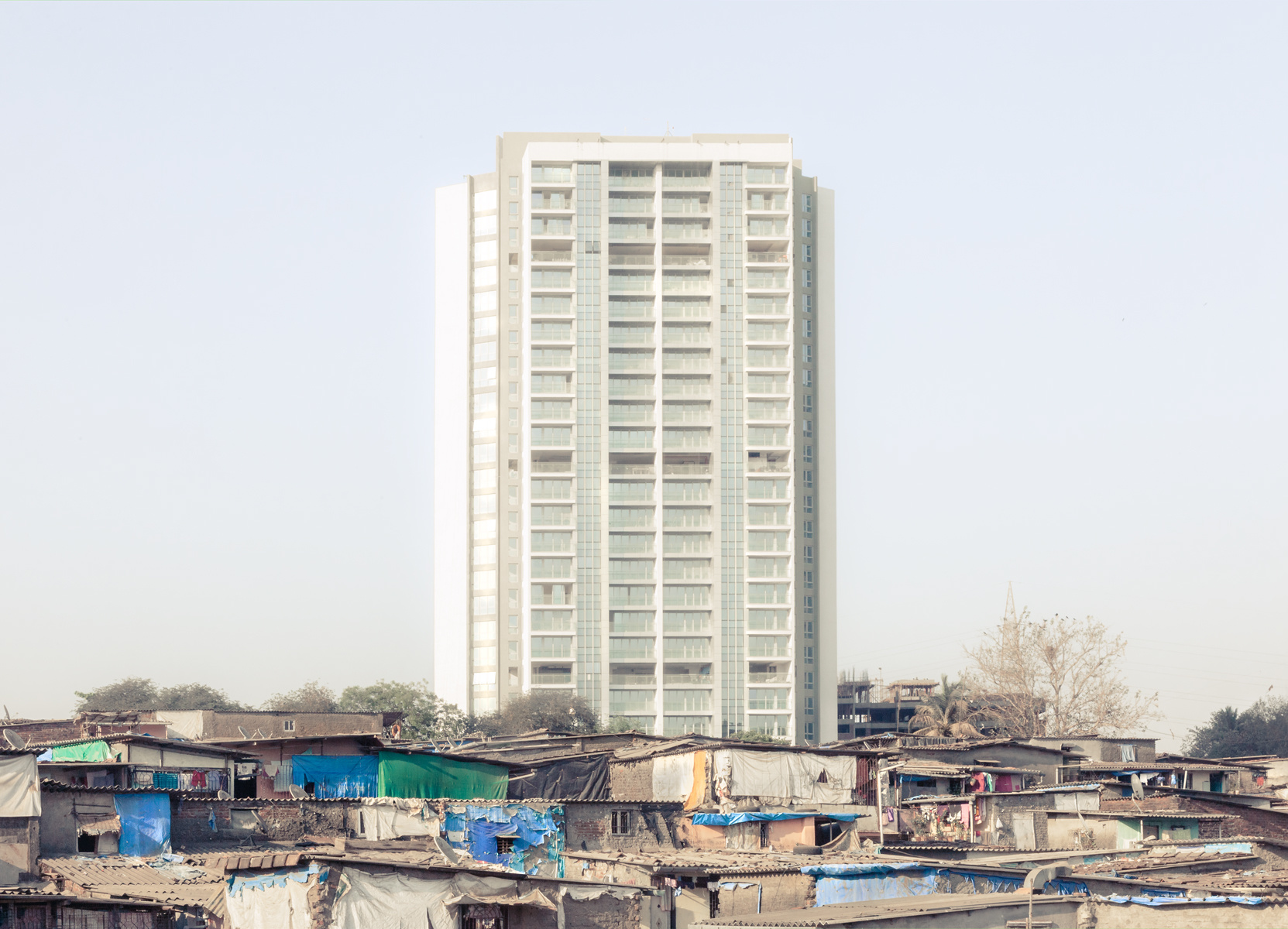
The developers are by and large living in denial. The deep rooted psyche is that once the market conditions improve the buyers have no choice but to run for an asset class that is not only need-based but also a business where the demand far exceeds the supply. This medieval thought process is in fact the biggest roadblock in the way of best practices gaining ground in the Indian real estate.










